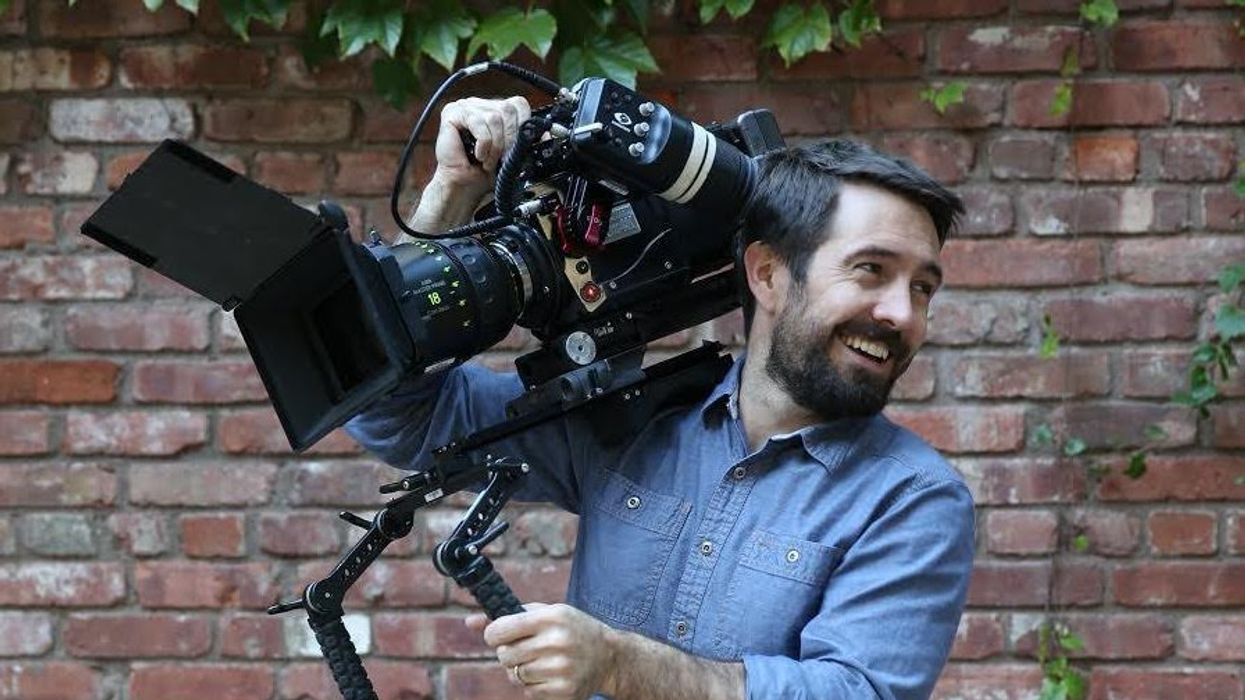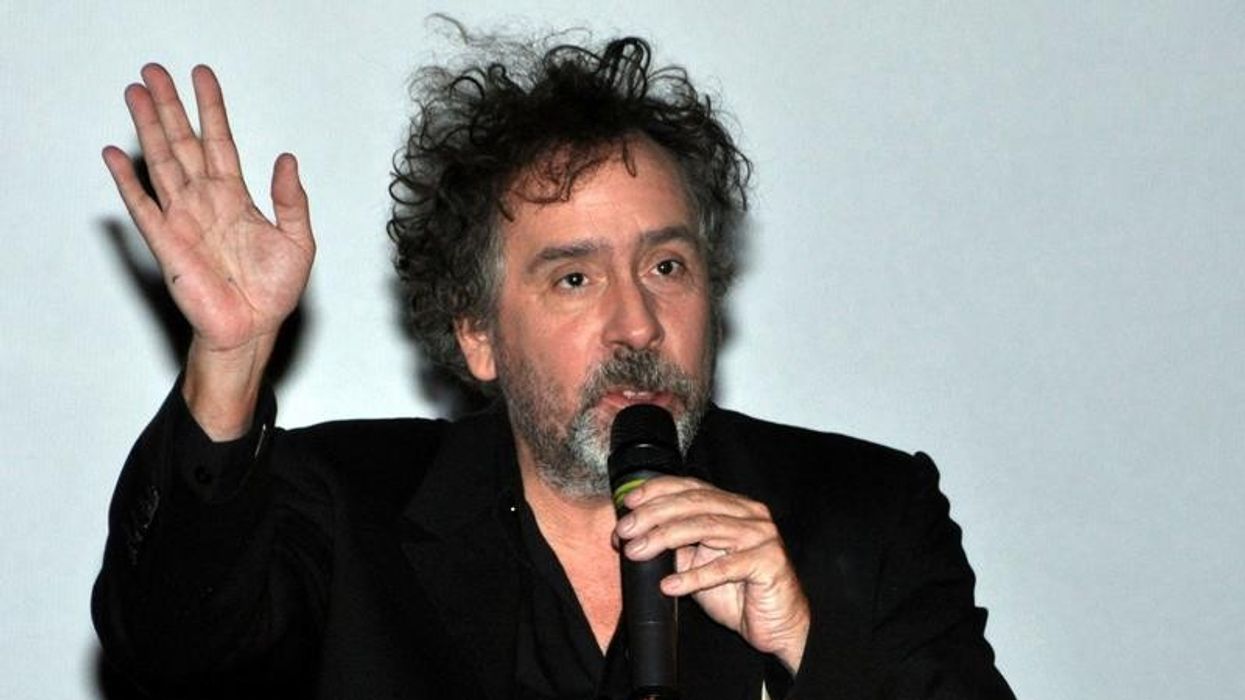Here's What You Need to Know About the High-Speed/Slo-Mo Phantom 4K Flex
The Phantom 4K Flex is a production-ready camera that allows for ultra high-speed footage.

While Kitsplit is a whole new type of rental company, allowing end users to cross-shop between a variety of owner operator and rental company vendors all in one easy interface, it still wants to take care of a lot of the tasks of traditional rental companies. One of those major tasks is training renters.
Kitsplit did this for the first time last weekend, hosting a workshop for the 4K Phantom Flex ultra slow motion camera with filmmaker Tore Knows. No Film School attended the event, which you can watch in its entirety below. Below are a few key takeaways.
1. Shooting Phantom is a whole different workflow
With most cameras, you hit record and keep rolling until you hit stop. The Phantom is different: since it shoots such high frame rates (up to 1000fps in 4K, and up to 2000fps in HD mode), you would burn too much data doing that. Instead, you "arm" the camera, at which point it starts filling the 64GB onboard RAM with footage; then, you "trigger" the camera after the moment you want to capture.
An important habit to get into on Phantom jobs: you have to save the shots you want to keep.
This leaves the last 64GB worth of footage live in the RAM. You can review this footage and set in and out marks, and then save it to the Cine Mag. If you don't save, the footage goes away. This is an essential part of the workflow, since with such high-speed work, you can't save everything. It's an important habit to get into on Phantom jobs: you have to save the shots you want to keep.
Why trigger after the key moment? Because humans are too slow; if we wanted to trigger before something happened, by the time our reflexes pushed the button it would be too late to capture ultra-fast actions. By triggering after, Phantom enables a workflow where it's more likely to capture the desired moment of action.

2. You need more light than you think
Slow motion veterans understand this, but one thing many producers and directors forget when doing a slow motion job is that you need a lot more light to get a solid exposure. Even at the workshop, with the class lit by a bright window on a sunny spring day, some of the slowest shots were hard to expose properly. Doing a slow motion job means not only renting the package, but also renting a bigger lighting kit than you might normally take out.
3. It's a good idea to have a dedicated Phantom tech
While the days when you needed a Phantom tech with a deep knowledge of the Mac Terminal and UNIX coding are gone, the camera is still somewhat out of the ordinary, and a tech is still a good idea. The .cine footage now works seemlessly in Resolve and Premiere, but downloading footage is a different workflow, and a tech can help your DIT make sure they are doing it correctly. Having a dedicated tech also means the camera is set up properly and shots are getting saved from the RAM to the Cine Mag. It's definitely worth the day rate to be sure you're getting what you need from the system.

4. Ultra high-speed is windowed on the sensor, so you could go for Super 16mm glass
While most productions will want to rent 35mm lenses to cover the Super 35mm sensor size of the Phantom Flex 4K, if your production is 100% confident it will shoot everything at over 1000fps (which is very fast, meaning the action you are covering needs to be fast as well: think bullets through jello more than Pantene hair flips), you could get away with renting Super 16mm lenses instead of 35mm glass. This could prove a big cost saving depending on the glass you are going for—the Ultra Prime Super 16mm wide lenses are great glass and not as competitive a rental item, for instance.
Thanks to Kitsplit for inviting us to the workshop. The Phantom 4K Flex is on available to rent on the site for under $2,000/day, which is a big discount compared to a typical rate from a major rental house.
Livestream/workshop video was shot and produced by Marvin van Buren.











